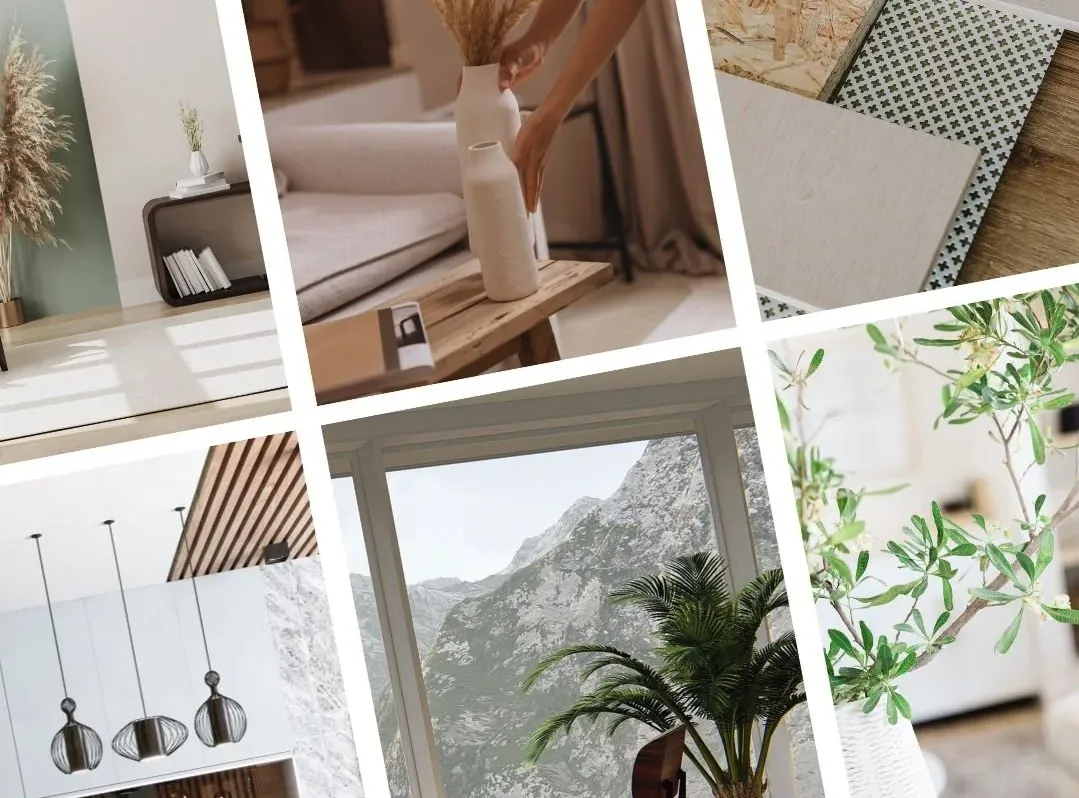
Design Trends That Last: How Psychology Creates Timeless Interiors
Picture this: you’re scrolling through Pinterest, bombarded with endless “must-have” design trends. Yesterday it was farmhouse sinks, today it’s Japandi, and tomorrow? Who knows. The pressure to keep up can feel exhausting, like chasing a moving target. But here’s the truth I’ve learned over nearly three decades in design, the most meaningful spaces don’t come from following the latest fad. They come from understanding psychology: how environments shape our emotions, behaviors, and well-being.
In this post, I’ll walk you through why psychology, not Pinterest, should be your north star, and how to create designs that truly last.
Trends Fade. Feelings Last.
Every trend has its moment in the sun. Remember shiplap walls and gray everything? They were everywhere until people started craving warmth and individuality again. That’s the cycle, trends date your home almost as quickly as fashion does.
Psychology, on the other hand, never goes out of style. The need for safety, comfort, inspiration, and connection are timeless. When you design with these needs in mind, you create a space that still feels good years later, even when the Pinterest boards have moved on.
For example, research shows natural light reduces stress and boosts mood by up to 20%. That effect doesn’t expire just because color palettes change. A room flooded with sunlight will always feel better than one boxed in by heavy drapes.
The Science of “Why” Matters More Than the “What”
A trendy rug may look great today, but does it make someone feel grounded? A bold accent wall might pop in photos, but does it energize or overwhelm the nervous system?
Environmental psychology teaches us to ask deeper questions:
– How does this layout encourage connection or solitude?
– What colors will support calm or creativity?
– Which textures feel safe for someone recovering from trauma?
Take color psychology as an example. Cool blues and greens lower anxiety, while warm tones spark energy and conversation. Understanding these responses allows you to design intentionally, beyond surface-level style.
Designing for Identity, Not Algorithms
Pinterest and Instagram are powerful tools for inspiration, but they can also create comparison traps. Clients (and even designers!) sometimes fall into chasing what’s “in” rather than what’s authentic.
Here’s a reframe: your space should reflect you, not an algorithm. That means designing for identity. A quiet introvert may thrive in soft neutrals and cozy nooks. A bold entrepreneur might need energizing colors and open spaces to brainstorm.
When you anchor design in identity, you don’t have to fear being “outdated.” Spaces rooted in authenticity are timeless.
How to Apply Psychology in Your Designs
If you want to create spaces that last, here are a few psychology-based principles to guide you:
– Start with emotion. Ask: “How do I want this space to feel?” Calm, joyful, focused? Let that answer lead.
– Bring in biophilia. Plants, natural textures, and daylight reduce stress and improve mental health. This never goes out of style.
– Prioritize flow. Layouts that reduce clutter and support daily routines make spaces easier to live in.
– Think long-term. Skip quick trends and choose design elements that align with your values and lifestyle.
These small shifts turn a room into more than décor, they make it a supportive environment for life.
The Future of Design Is Psychology-Driven
Trends will keep coming and going. But when you design with psychology, you’re building something much more powerful, a space that evolves with you, supports your well-being, and tells your unique story.
The most impactful rooms I’ve designed weren’t about chasing the latest look. They were about listening deeply to the client’s life, translating psychology into space, and creating something meaningful.
Your First Step: Design With Intention
If you’ve been feeling overwhelmed by design trends, pause and come back to the question that matters most: How do I want this space to feel? That answer will guide you more than any Pinterest board ever could.
And if you’d like support weaving psychology into your design journey, my Design with Purpose Course was built to help. It blends design principles, psychology, and practical business strategies so you can create spaces (and a career) that truly last.
Download my free Creative Reinvention Blueprint to start aligning your vision today.
Book a free clarity call and let’s map out the next steps together.Let’s talk one-on-one for 30 minutes about your dreams, doubts, and next steps.
Together, we’ll map a path that feels right for you - no pressure, just support.
Because real design doesn’t chase trends, it creates timeless spaces that heal, inspire, and connect.
